Disclosure: We may get commissions for purchases made through links in this post.
Pavers refer to decorative stones that you can put in the landscape. These are very useful in keeping your garden, patio, or walkway orderly. You could even see pavers around the pool. If you have been using a particular design for a long time, the time will come when you might want to renovate it. You might wonder if you can pour concrete over pavers for a new look. We've researched this to get the best answer for you.
In case you want to save on time, you can certainly pour concrete over your current pavers. You might have to adjust for the increase in height due to the additional concrete. And if you are using bricks, you can also pour concrete over it. However, you can't pour concrete over flagstones.
We consulted landscapers and designers regarding the proper use of pavers. Keep on reading this post to get some ideas for renovating your property.
![Smooth Sealed Concrete Paver Closeup, Can You Pour Concrete Over Pavers? [Including Brick And Flagstone]](https://pavingplatform.com/wp-content/uploads/2022/03/Can-You-Pour-Concrete-Over-Pavers-Including-Brick-And-Flagstone.png)
What are pavers?
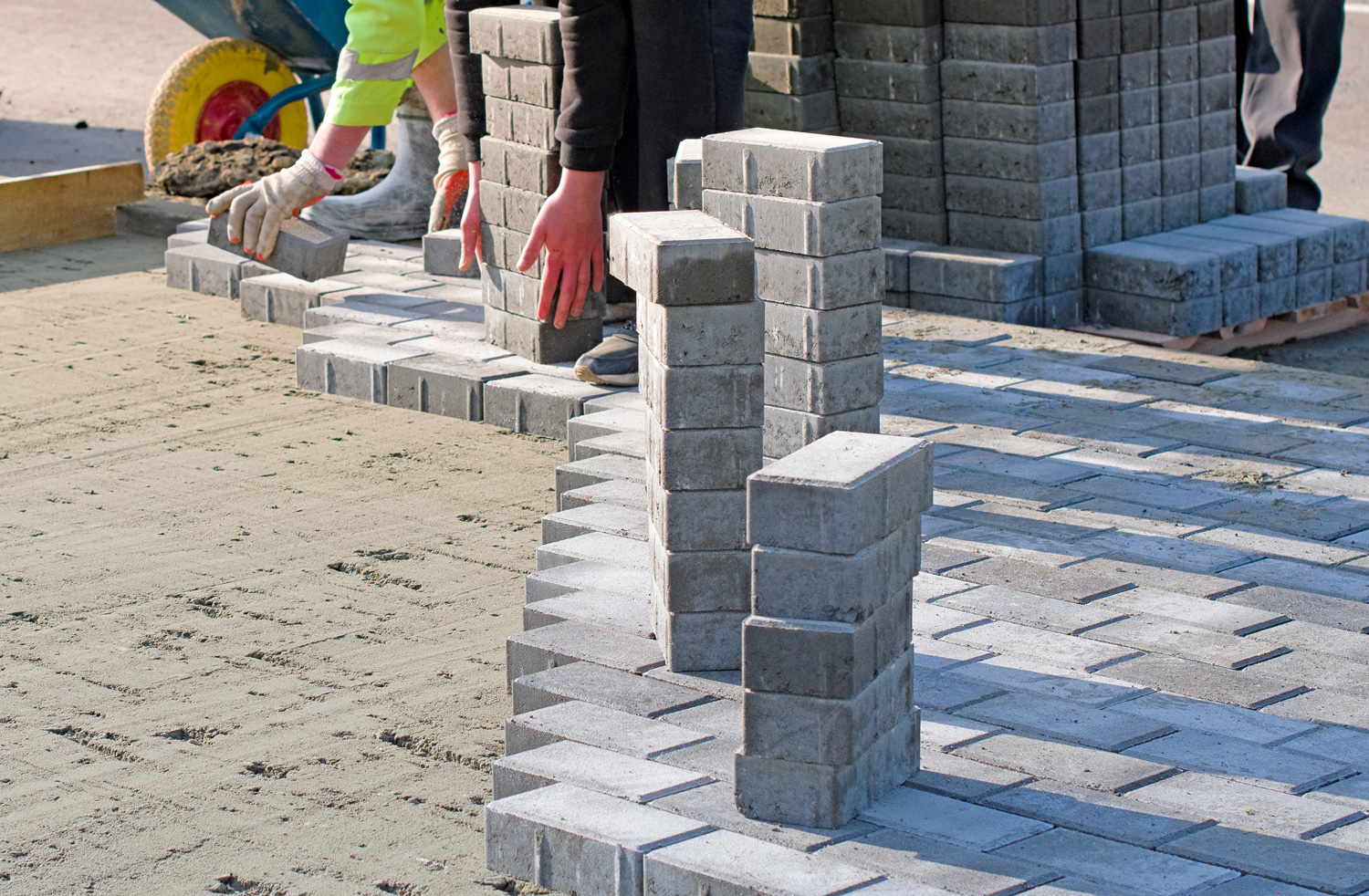
The stone pieces that you see used for hardscapes are what you call pavers. The usual materials are concrete, natural stone, clay brick, or porcelain. They come in various sizes and colors that do not fade easily.
These sometimes follow a pattern as you put the pieces on the ground. Pavers don't crack easily, as long as you install them properly.
Pavers are also easy to install, but if you want to have the pavers installed properly, you can hire professionals. They use proper construction principles so that the stones will not get out of place.
No matter how much you love the arrangement of the pavers, the time will come when you want to change its appearance. If you want to save time, you can pour concrete over it. How can you do it?
Pouring concrete over pavers
Most homeowners prefer to use pavers to keep their hardscapes presentable. The most common types of pavers are bricks, concrete, stone, travertine, porcelain, and cobblestone. These stones appear rough so they can prevent slips, especially when the ground is wet.
While you enjoy the appearance of pavers, there might come a time when you want to change the layout of your property. Perhaps, the weeds growing on the concrete tiles begin to bother you. Or, you might be looking for a new look. Yet, you don't have the time to remove the tiles one by one. Your option would be to pour concrete over these. But is it feasible?
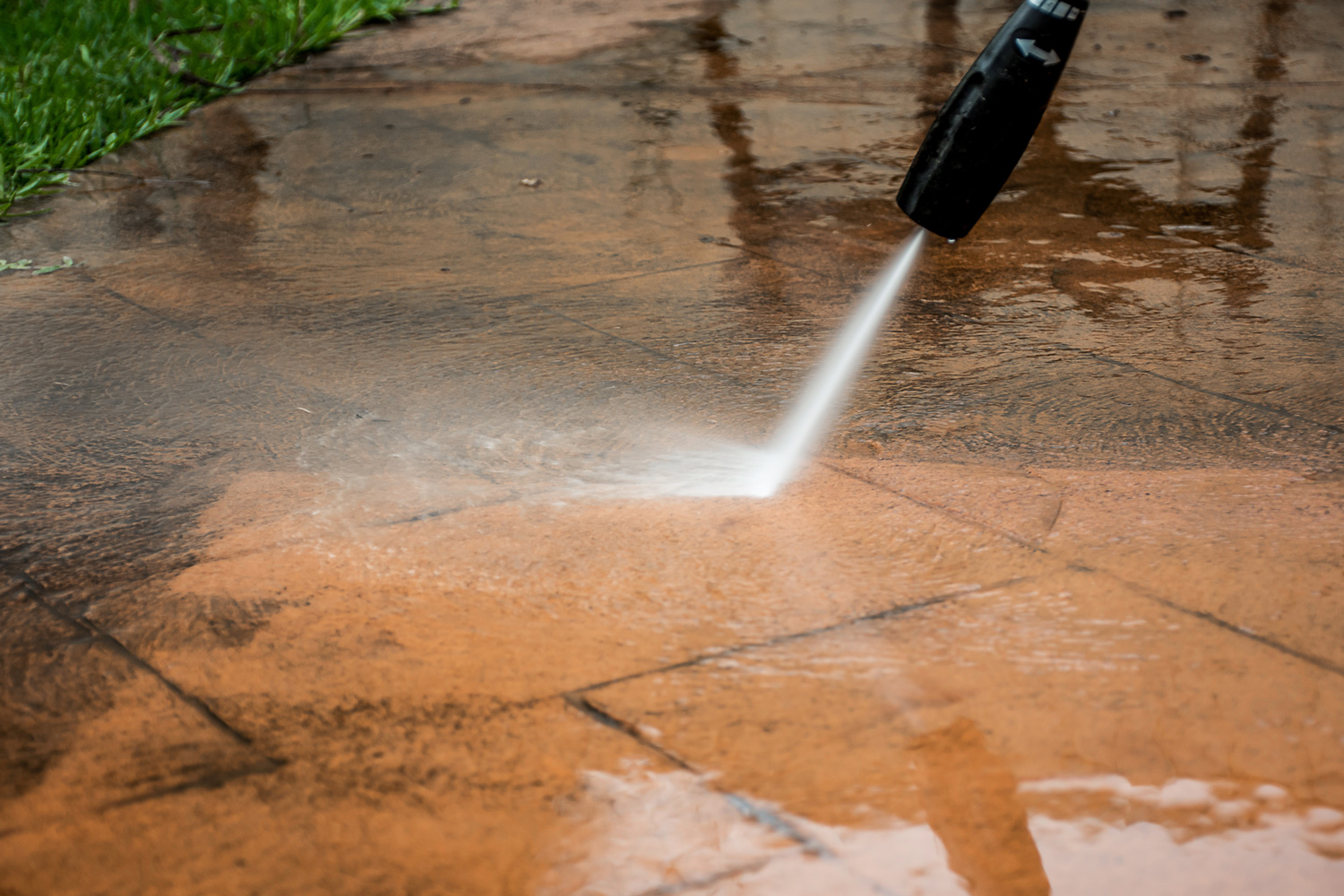
According to contractors, this is possible. If you want to do it the right way. Here are the steps to follow:
- Make sure that the original pavers are laid out on the solid ground. The tiles should also be free of cracks.
- Use a broom to remove dirt on the surface of the pavers. Then use a pressure washer to remove any debris left behind. Some contractors also use a liquid detergent or degreaser for a more thorough cleaning.
- Put a plastic layer over the pavers, then pour sand on top. Be sure to have the sand compacted.
- Pour fresh concrete over tiles.
Check out some pressure washers on Amazon.
Pouring concrete over bricks
Like pavers, you can pour concrete over bricks. Before doing so, make sure to spread gravel and sand on top of the bricks before pouring concrete. However, bricks tend to crack under heavy pressure. This material may not make a good base, so you might get surprised when your concrete cracks.
Pouring concrete over flagstones
Contractors recommend that you put flagstones over concrete, and not the other way around. If you are using flagstones, be sure that the stones are laid out and properly fitted when placed side by side. You want to put the flagstones in place before the concrete hardens.
How thick does the concrete overlay need to be?
The ideal thickness would be about 1 to 2 inches. Pouring concrete on a driveway is a straightforward way of improving your property. This method is also a cheaper option because you can cover any tiles you no longer want to use. You will also save on future labor because concrete lasts longer.
How long before the concrete hardens?
After pouring concrete over the pavers, you will wait for at least two days before you can walk or drive over it. Contractors require that concrete be cured for some time to prevent cracking on the surface. The ideal period is about 28 days. During that time, the concrete has fully hardened and you can drive heavy vehicles over it.
A high temperature will also help in drying the concrete faster. When it is hot, the moisture also evaporates quickly.
Is it better to use cement instead of concrete?
It is easy to confuse cement with concrete. But concrete is known to be more durable. It is also suited for large-scale projects. On the other hand, cement is more suited for smaller tasks since it is made of calcium and silica-based materials. For minor home improvement, cement will work. Keep in mind that you also mix cement with concrete.
Since concrete will last longer, it will make sense for you to use it when you want to improve your patio or walkway. When you properly care for concrete, it will last for several decades. You'll get your money's worth.
Can you apply paint over concrete?
Pouring concrete will certainly make your hardscape look polished and clean. You can paint over it to make the surface more attractive.
Know more about colors and how you can use it on asphalts. Read this post.
Before you start painting, make sure that the concrete is completely hardened. After that, you will need to scrub and clean the concrete before painting it. You can also use a pressure washer to wash away any hidden dirt. Once it is dry from washing, you can begin painting.
Use a primer before doing the task. If the paint comes with a primer all-in-one, you can proceed directly with the painting. Choose non-skid paint to give more traction to the surface.
Choose an anti-slip coating paint on Amazon.
Can you DIY pouring of concrete?
If you want to do this project, you can hire a contractor to pour the cement over the desired area. But you can also do it yourself, as long as you have the skills and equipment. You even save on expenses when you do it. Be prepared for additional legwork because you are doing everything on your own.
You can pour concrete using a wheelbarrow if you are only working on a small area. But for a relatively bigger area, you have the option to use a small cement mixer. Even if you rent some equipment, you will still save in the long run.
Learn more at "Is a Plate Compactor Necessary for Pavers?"
What will happen to wet concrete if it gets wet?
Too much water over fresh concrete will damage it and weaken the mixture. The concrete will also appear bloated when it dries. Thus, you must pour concrete when the weather is pleasant. Or you could also prepare a plastic sheet to cover the newly-poured mixture.
Concrete is still wet within 2 to 4 hours. It is ideal not to pour any liquid on it during this time, so you do not affect the mixture. On the other hand, there will be minimal damage if the concrete has been left to dry for about 4 to 8 hours.
Final words
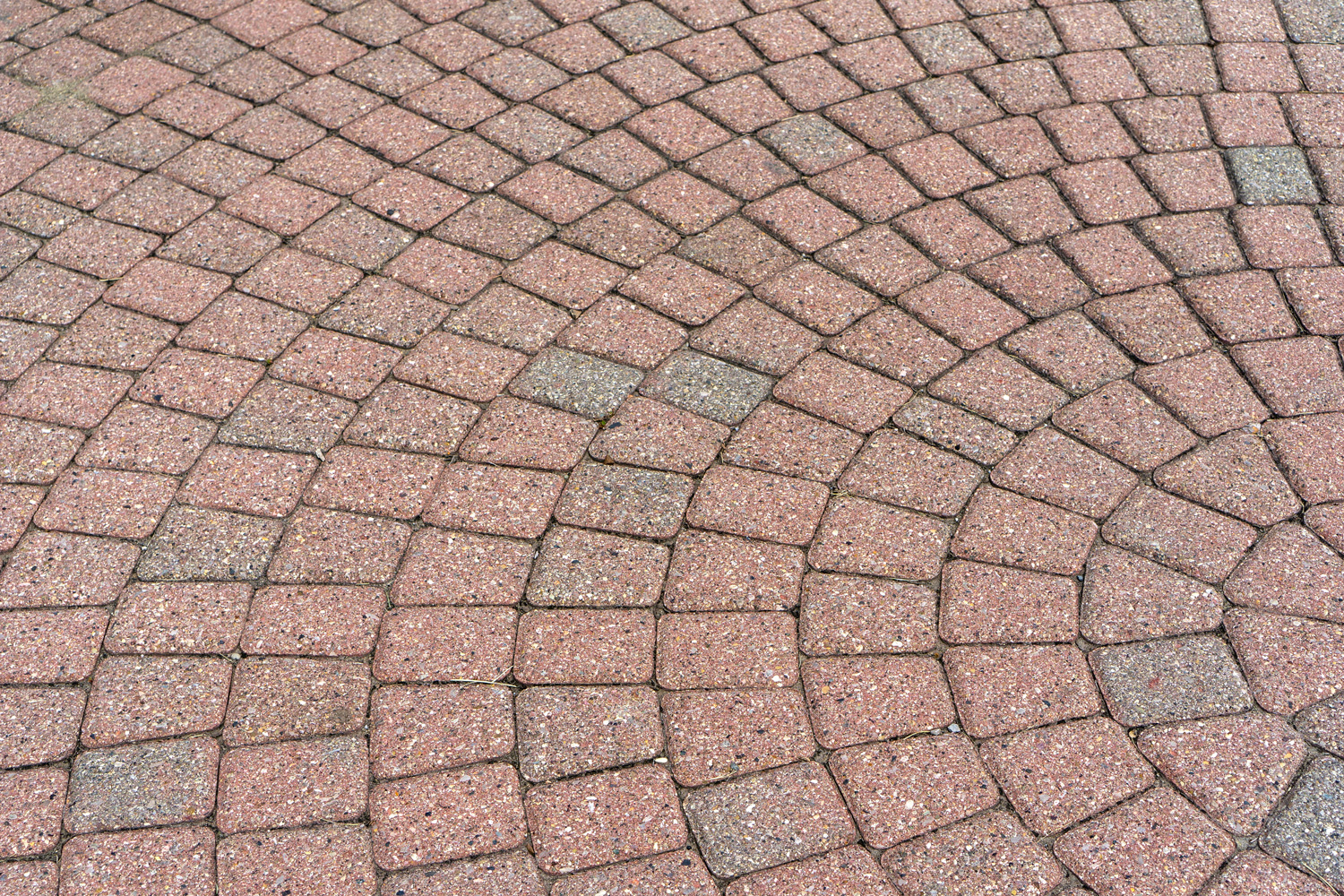
The pavers in your yard provide both form and function. These are pleasant to look at, and walking over them is safe. At some point, you might want to improve your property by getting rid of pavers. You can remove them one by one, but that would be time-consuming.
If you decided that you would rather pour concrete over the pavers, then you are in good company. This is a practice that is also common with other contractors and builders. But you have to make sure that the pavers are free from any cracks so you can pour concrete without any problems.
You will give your property a simple makeover once you switch to concrete.


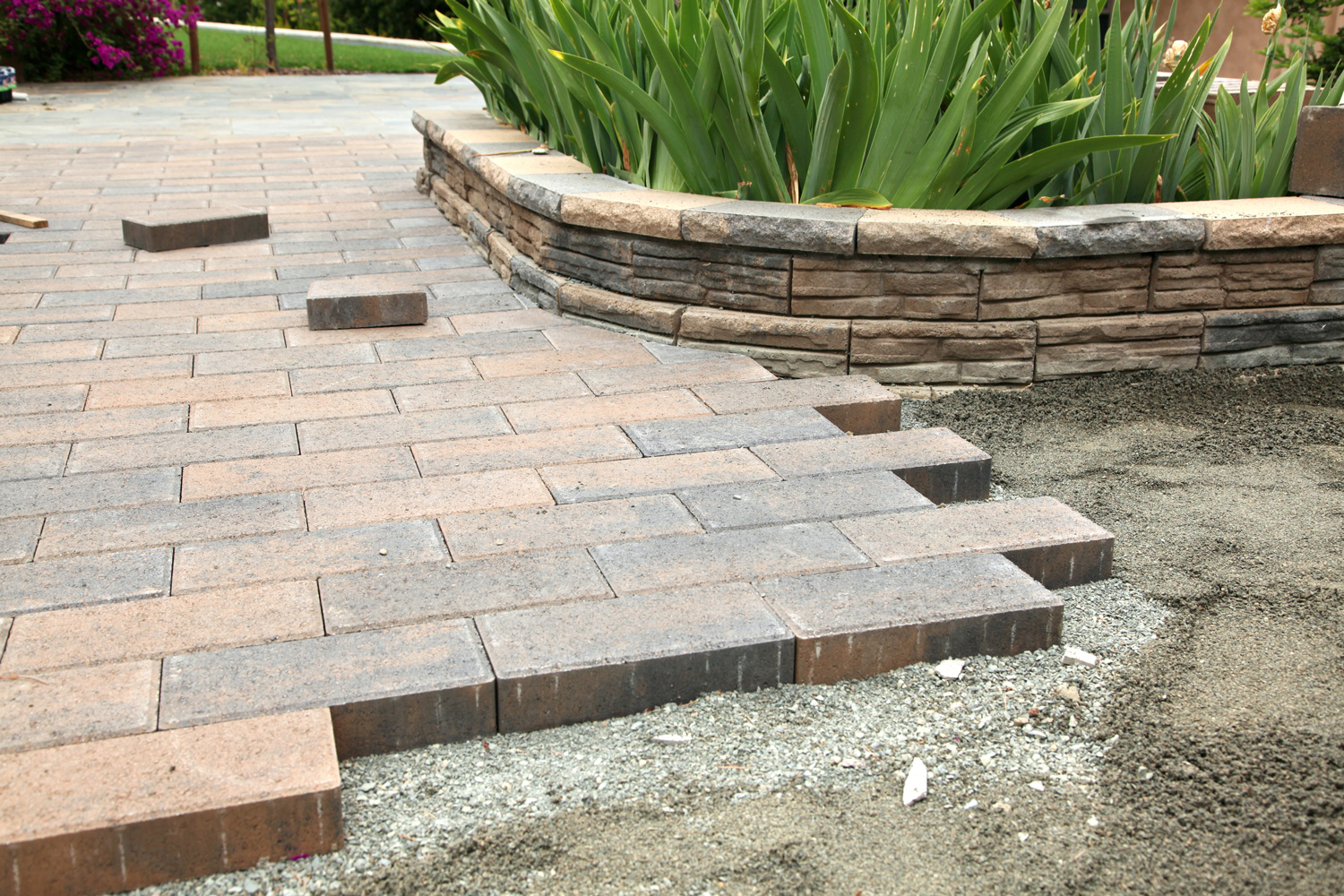
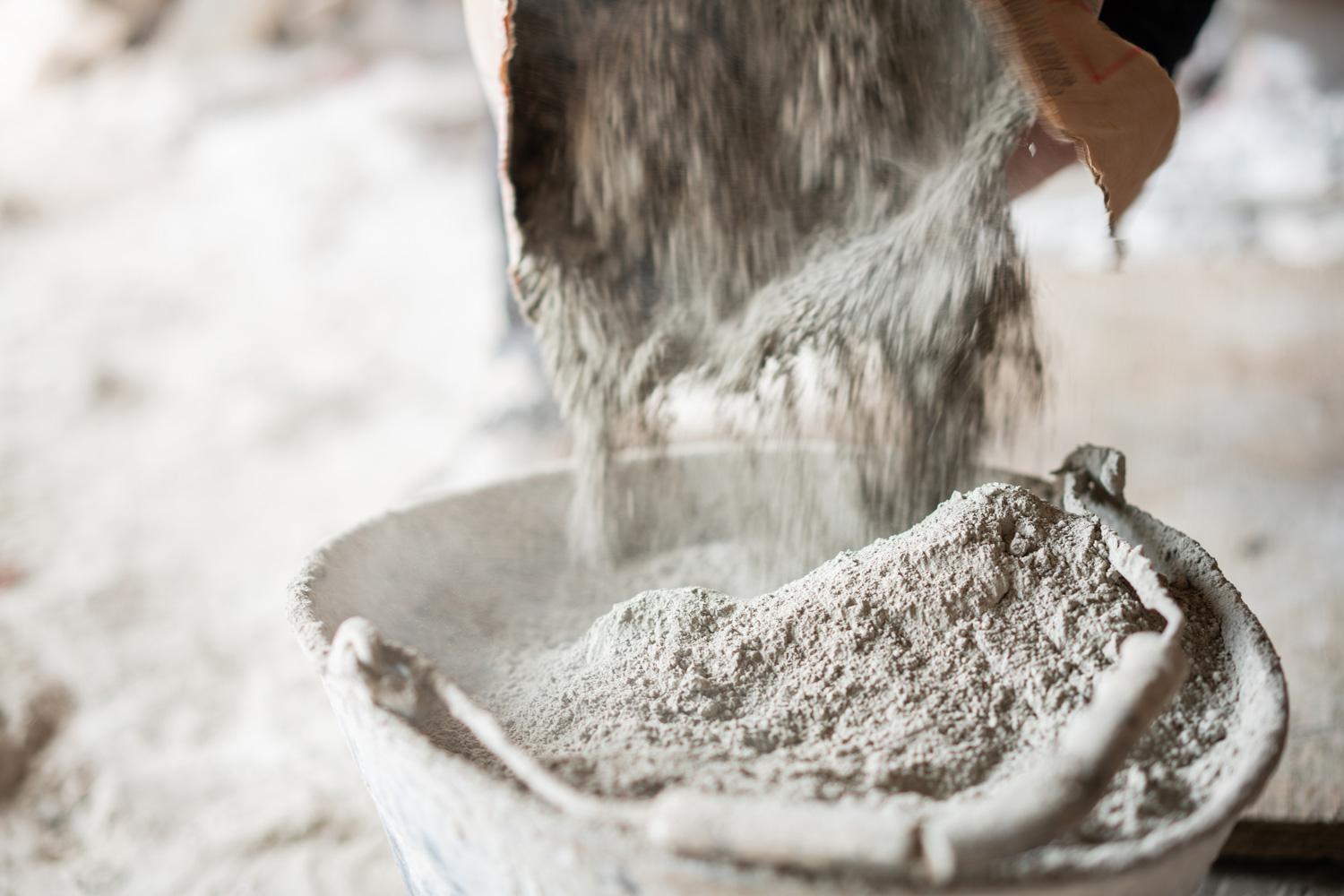

![Vibrant Red Paver Stone Path, Can You Spray Paver Sealer? [How To Apply It]](https://pavingplatform.com/wp-content/uploads/2022/04/Vibrant-Red-Paver-Stone-Path-600x400.jpg)
![Properly laid out red pavers for a garden, Can You Tint Paver Sealer? [And How To]](https://pavingplatform.com/wp-content/uploads/2022/04/Properly-laid-out-red-pavers-for-a-garden-600x400.jpg)
